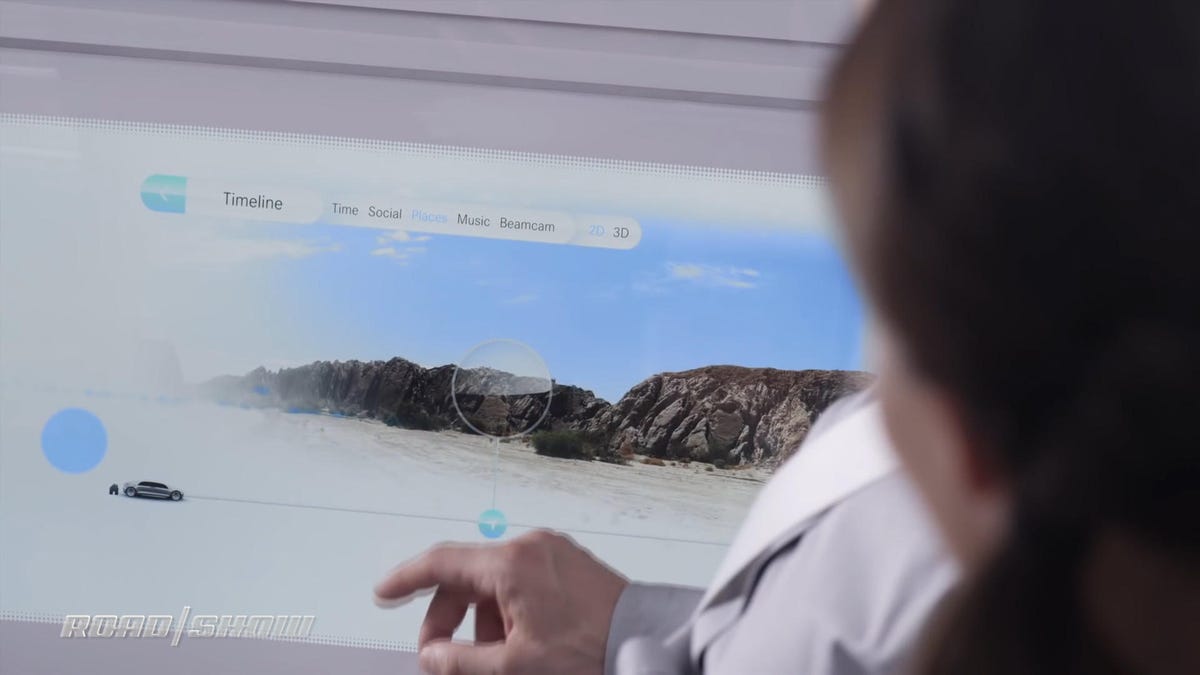Smart car windows will bring AR to the road
Your windshield may soon augment your view.

Car windows are, by definition, pretty much unseen. They keep bugs out of our teeth and UV off of our skin, but they're otherwise pretty much inert. That may soon change as the augmented reality era starts to invade them.
Ford has developed something called Feel the View that uses haptic feedback transmitted via the window to create a tactile representation of what's outside of it. A camera captures the exterior scene and converts it to 255 levels of gray that are each assigned a level of feedback, imparted to the glass via an attached haptic motor. It gives the visually impaired person some impression of what's outside.
GM has prototyped windows that can either work like an Etch-A-Sketch, display a motion-related avatar for the kids, or offer an AR information overlay of what's outside. Just as with phone-based AR, these Ford and GM efforts seek to put augmentation onto surfaces you already use rather than make you wear something cumbersome.
Toyota has shown an approach that is an AR/photography hybrid, including the ability to zoom in on something outside using the window, not unlike the way you use the electronic viewfinder in a DSLR to check critical focus.
The Mercedes F 015 concept car points to a new vision of what constitutes a car window. In some modes, the lower door panels become virtual windows by displaying an image of the outside from an exterior camera. That mode can be overlaid with AR graphics or the panel can be switched back to an opaque display for media, communications or navigation.
And, of course, the head up display (HUD) is already present in a number of cars, but still mostly as a small display that is more Google Glass than true AR. That seems about to change as top auto tech suppliers Harman, Continental and Visteon are all shopping systems to carmakers that will bring true AR to the windshield so that navigation, instrumentation, entertainment and communication merge with our view of the road, reducing our need to look away from it. There's a debate over the new form of distraction that results.
All of these innovations will seem pretty far-fetched if you aren't even sold on the idea of HUDs already in cars. Check out my top 5 reasons I think they are inevitable -- and essential.

